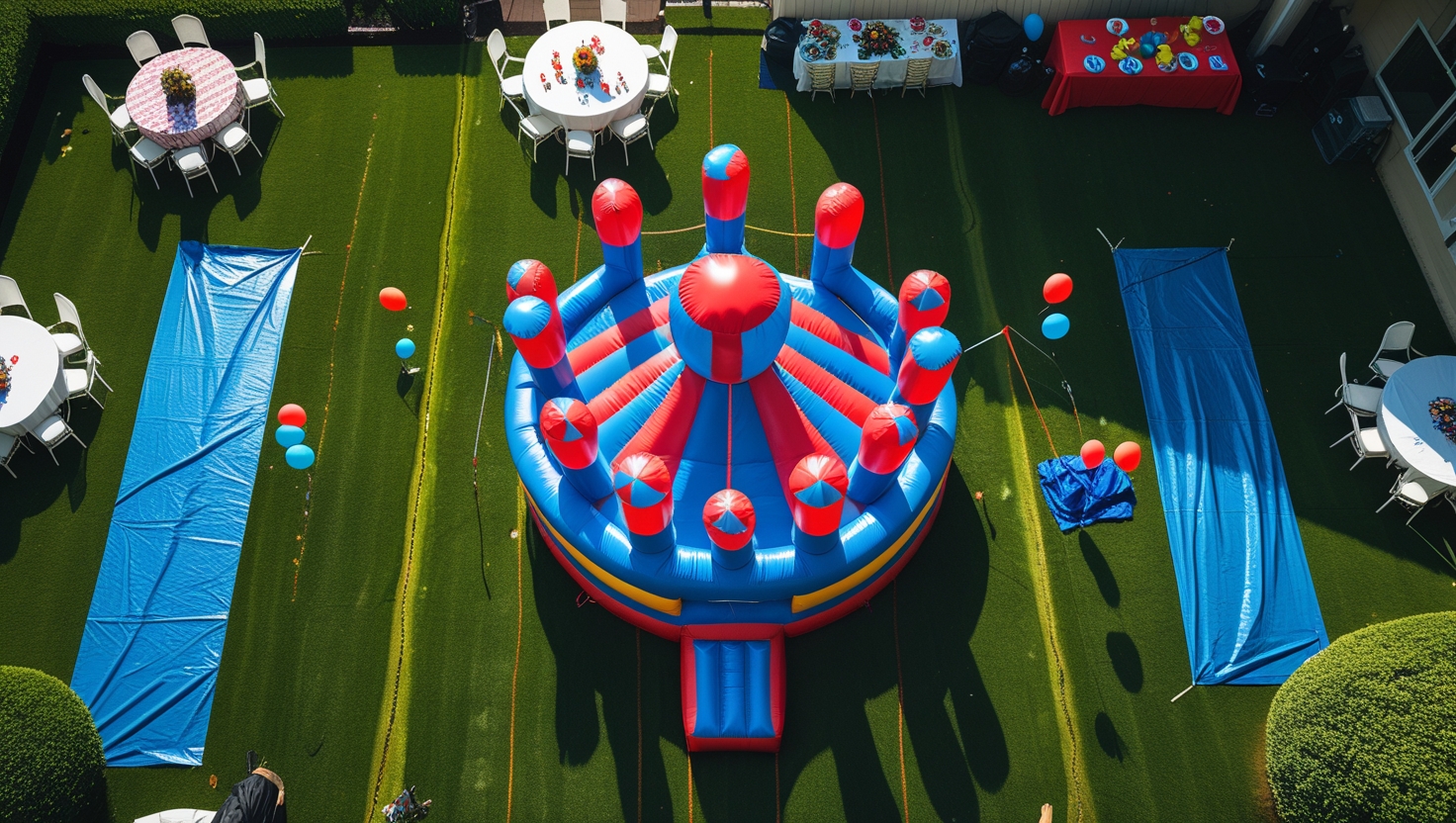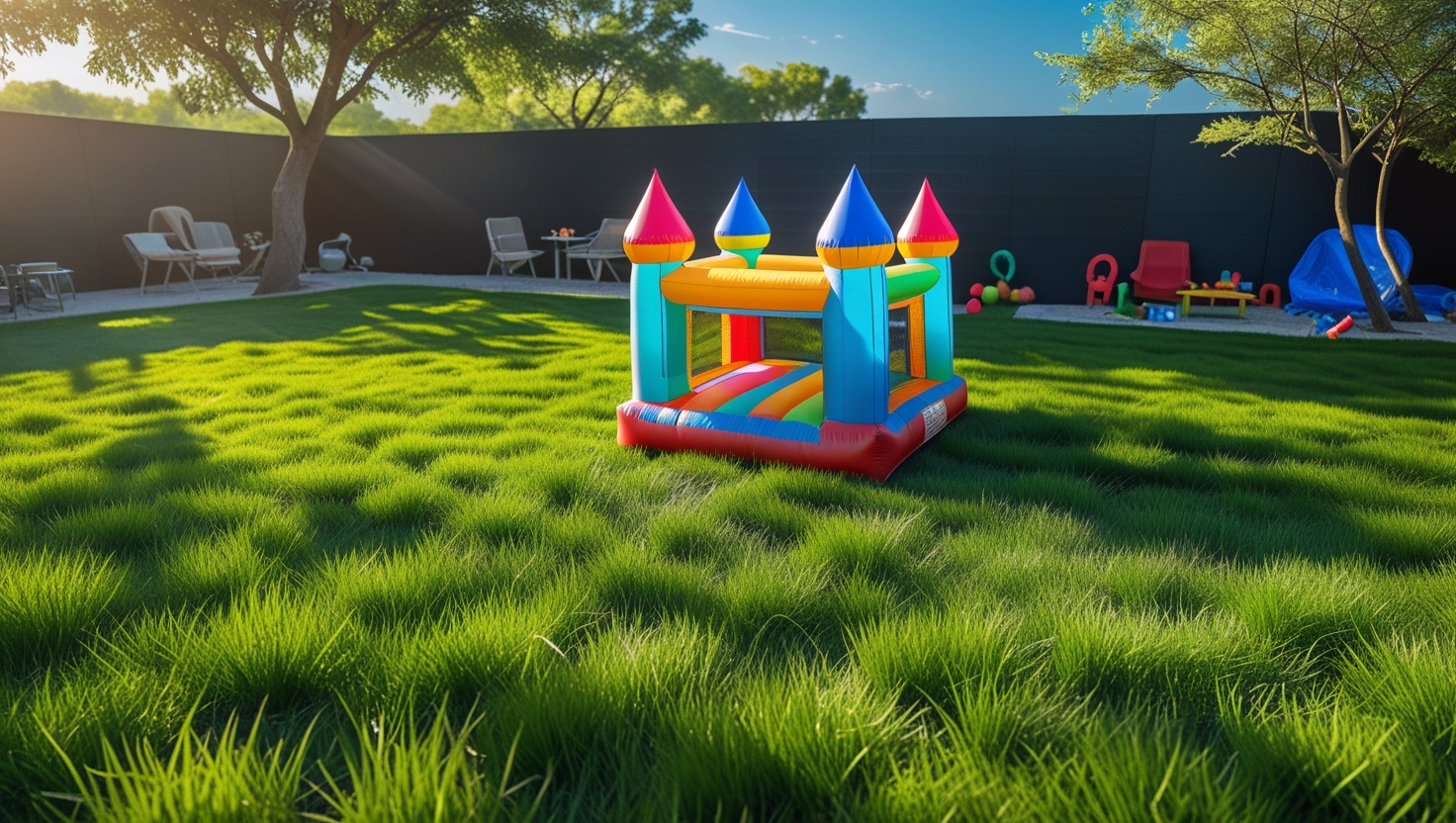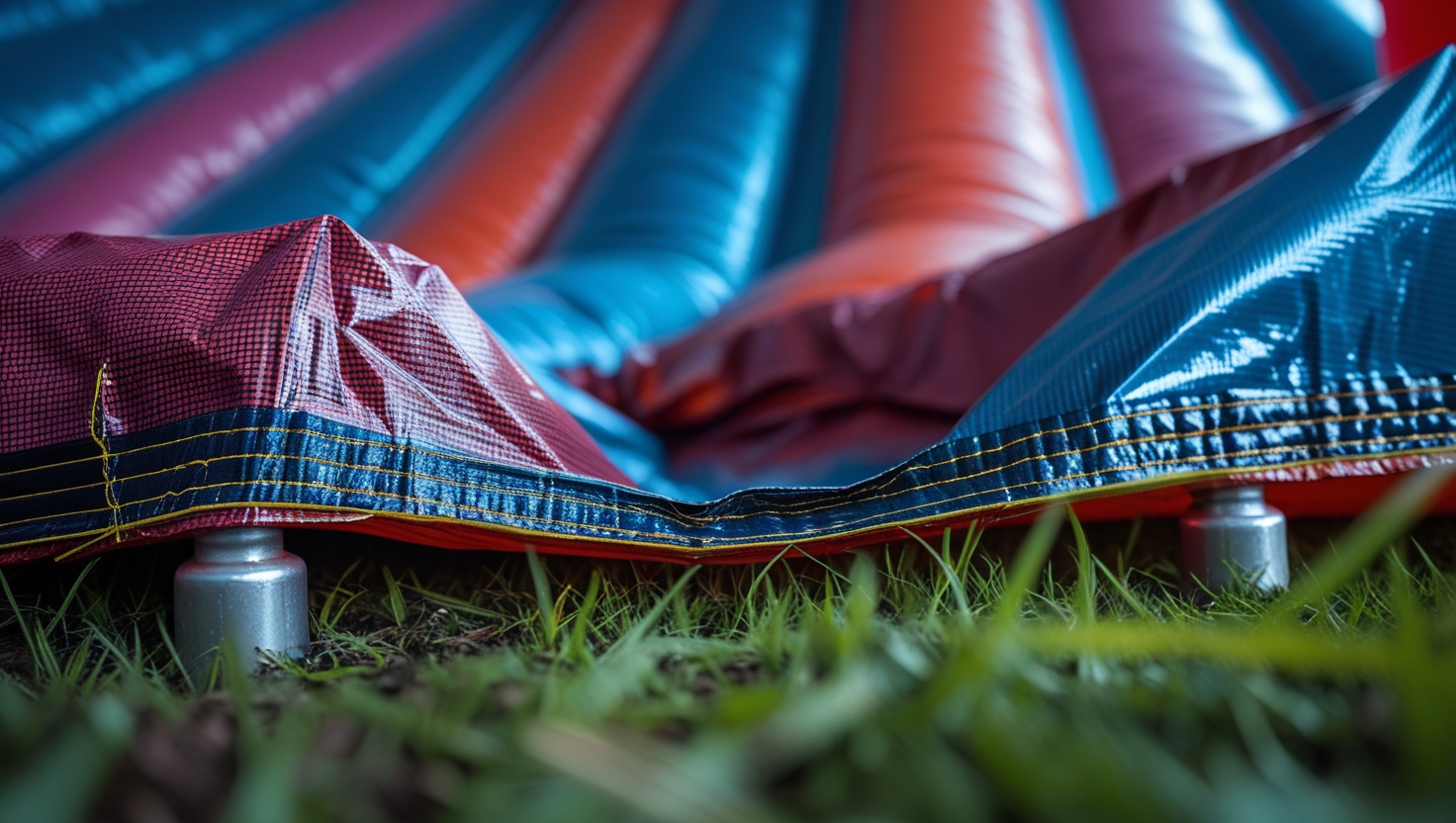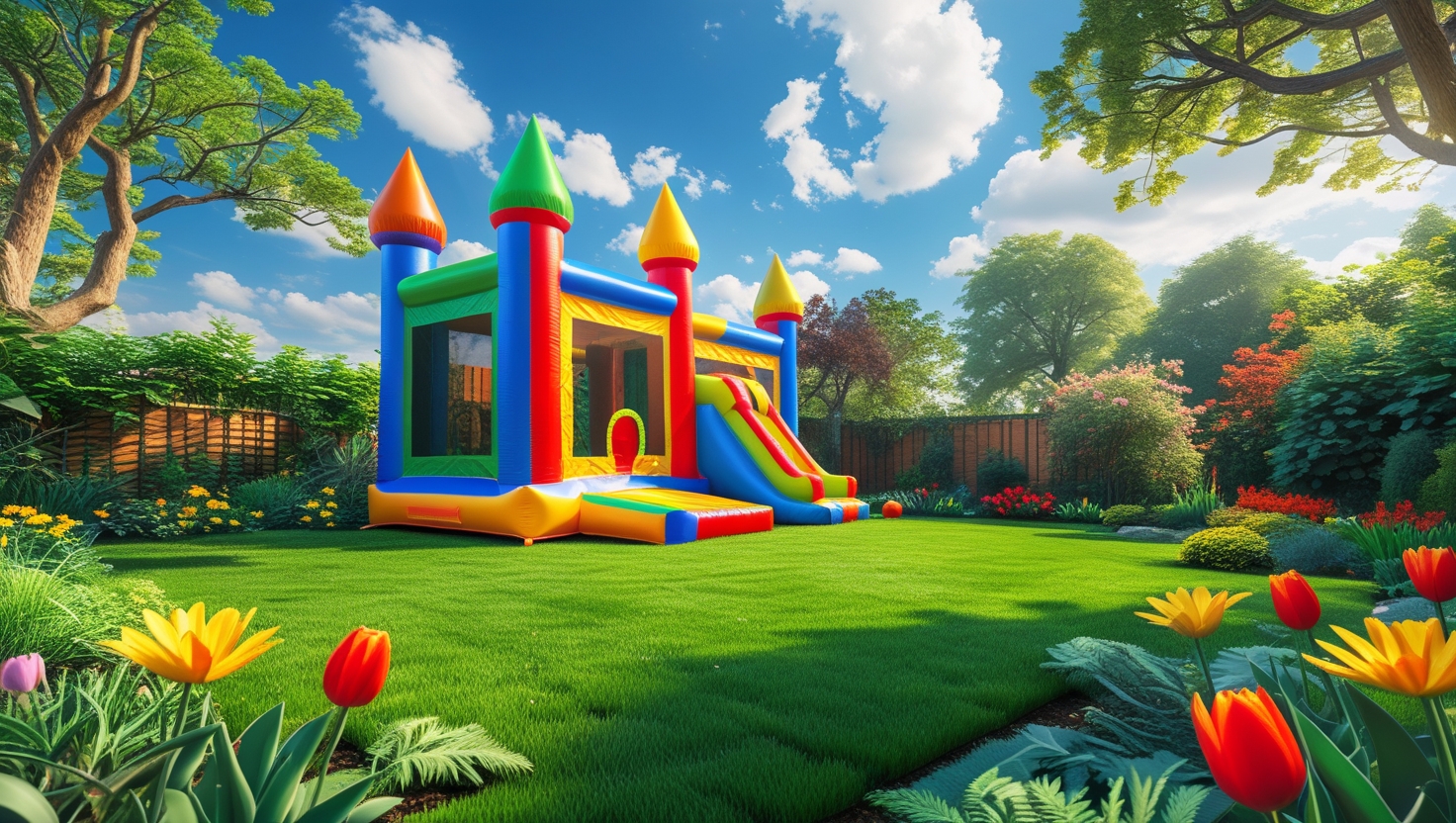
All you want to know about us
Click here to share this article

Bouncy castles bring endless fun to parties and events, but concerns often arise about their impact on grass. Homeowners and event organizers alike want to protect their lawns while providing entertainment. In this article, we explore whether bouncy castles harm grass, how to minimize potential damage, and steps to ensure your lawn remains healthy after use.

Understanding the Impact of Bouncy Castles on Grass
When a bouncy castle is placed on grass, it creates pressure and limits sunlight exposure. These factors can temporarily affect the grass's health. However, the extent of damage depends on several variables, including:
Duration of Use: The longer a bouncy castle remains on the grass, the greater the risk of compaction and discoloration.
Weight Distribution: Larger bouncy castles exert more pressure on the lawn, potentially causing damage.
Weather Conditions: Hot and dry weather can make grass more vulnerable, while cooler, moist conditions reduce stress.
Type of Grass: Some grass species are more resilient and recover quickly, while others are more susceptible to damage.

Does a Bouncy Castle Permanently Kill Grass?
In most cases, a bouncy castle does not permanently kill grass. Temporary discoloration or flattening may occur, but grass typically recovers within a few days to weeks with proper care. Grass is a resilient plant that can bounce back, provided the roots remain healthy.
Signs of Grass Stress After Bouncy Castle Use
After removing a bouncy castle, you might notice the following:
Flattened Grass: The weight of the castle compresses the blades, giving them a matted appearance.
Yellowing or Discoloration: Lack of sunlight can cause chlorophyll breakdown, resulting in pale or yellow patches.
Compacted Soil: Heavy pressure can compact the soil, affecting water and nutrient absorption.

How to Minimize Damage to Grass
Preventative measures can significantly reduce the impact of a bouncy castle on your lawn. Here are some effective strategies:
1. Limit Setup Time
Avoid setting up the bouncy castle too far in advance. Keep the duration as short as possible, ideally limiting use to the hours of the event.
2. Use a Protective Groundsheet
Place a breathable groundsheet or tarp between the bouncy castle and the grass. This creates a barrier, reducing friction and pressure while allowing some air and moisture flow.
3. Rotate Placement Areas
If hosting multiple events, avoid placing the bouncy castle in the same spot repeatedly. Rotating placement areas allows previously used sections of grass to recover.
4. Water the Lawn Beforehand
Watering the lawn a day or two before setup can help keep grass hydrated and resilient. However, avoid overwatering, as soggy soil can lead to increased compaction.
5. Avoid Hot and Dry Conditions
If possible, schedule events during cooler weather or choose shaded areas to reduce stress on the grass.
6. Use Lightweight Equipment
Opt for smaller or lighter bouncy castles when possible. These exert less pressure on the grass and minimize the risk of damage.

Post-Event Lawn Care Tips
Once the bouncy castle is removed, timely care can help your lawn recover quickly. Follow these steps to restore grass health:
1. Aerate the Soil
Use a garden fork or aerator to loosen compacted soil. This improves air circulation and allows water and nutrients to penetrate the roots.
2. Water Thoroughly
Give the grass a deep watering to rehydrate the soil and promote recovery. This is especially important if the event took place during hot or dry weather.
3. Gently Rake the Grass
Use a rake to lift flattened grass blades and encourage upright growth. This also helps improve airflow around the grass.
4. Apply Fertilizer
If discoloration persists, consider applying a balanced lawn fertilizer. This provides essential nutrients to support regrowth and repair.
5. Allow Time for Recovery
Avoid heavy foot traffic or additional events on the affected area until the grass has fully recovered. Giving the lawn time to heal ensures long-term health.

Frequently Asked Questions
Can I Use a Bouncy Castle on Artificial Grass?
Yes, bouncy castles can be placed on artificial grass. However, use caution to avoid damaging the synthetic fibers. A protective layer, such as a tarp, is recommended to prevent friction and wear.
What If My Grass Doesn’t Recover?
In rare cases where grass fails to recover, overseeding or reseeding the affected area may be necessary. Choose a grass seed mix that matches your existing lawn for a seamless appearance.
Is It Safe to Use Stakes to Secure a Bouncy Castle?
Stakes are commonly used to anchor bouncy castles but can damage underground irrigation systems or utilities. Always check for buried lines before driving stakes into the ground. Alternatively, use sandbags or weighted anchors.

Conclusion
A bouncy castle’s impact on grass is usually temporary and manageable with proper precautions and post-event care. By implementing preventative measures and addressing any signs of stress promptly, you can enjoy the fun of a bouncy castle without compromising your lawn’s health. With thoughtful planning and attention, your grass will remain lush and vibrant, ready for future gatherings.
undefined
undefined
undefined
undefined
undefined
undefined
undefined
undefined
undefined
undefined
By: